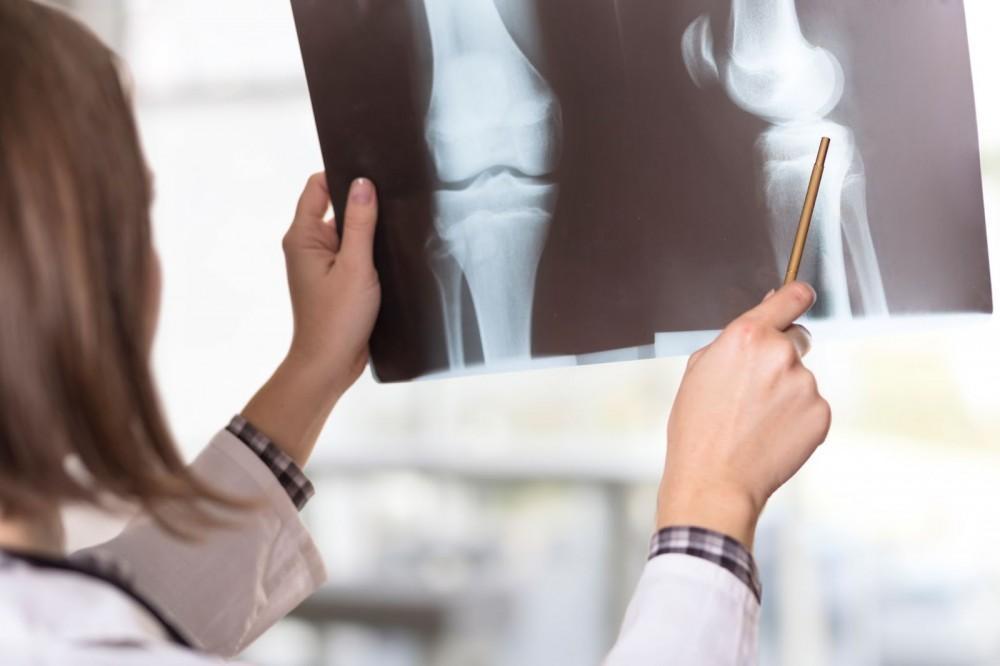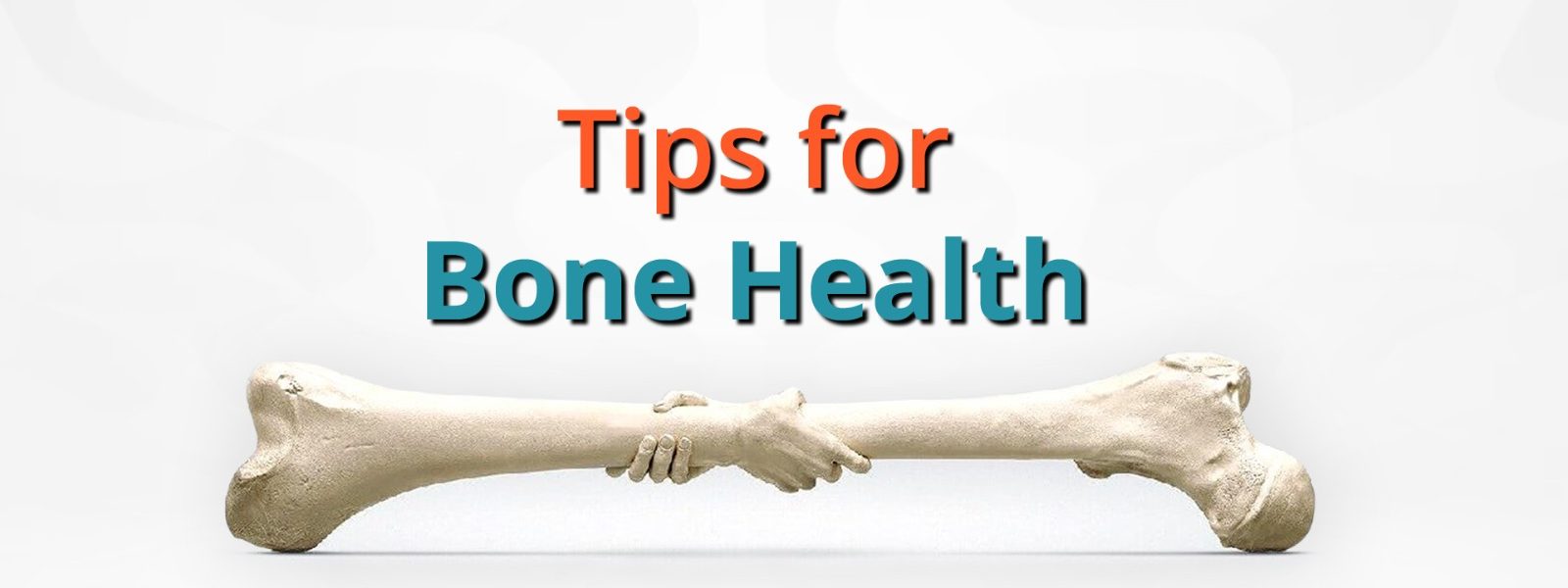Bone health is a critical component of overall well-being, influencing mobility, strength, and quality of life. As the body’s structural framework, bones support muscles, protect internal organs, and store essential minerals. Maintaining healthy bones is crucial at all stages of life, from childhood through adulthood and into old age. This article explores the importance of bone health, the factors that influence it, and practical strategies to strengthen and protect bones.

Page Contents
The Importance of Bone Health
Healthy bones are vital for several reasons:
- Support and Movement: Bones provide structure and support for the body, allowing us to stand, walk, and move. They serve as attachment points for muscles, enabling coordinated movements.
- Protection of Organs: The skeletal system safeguards vital organs. For example, the rib cage protects the heart and lungs, while the skull encases the brain.
- Mineral Storage: Bones store essential minerals, particularly calcium and phosphorus, which can be released into the bloodstream as needed to maintain critical bodily functions.
- Blood Cell Production: Bone marrow, found within certain bones, produces blood cells, including red blood cells, white blood cells, and platelets, which are crucial for carrying oxygen, fighting infection, and clotting blood.
Factors Influencing Bone Health
Several factors impact bone health, including genetics, lifestyle choices, and medical conditions:
- Genetics: Genetic factors play a significant role in determining bone density and strength. A family history of osteoporosis or fractures can increase the risk of bone-related issues.
- Nutrition: Adequate intake of essential nutrients, such as calcium, vitamin D, and protein, is crucial for bone health. These nutrients support bone formation, maintenance, and repair.
- Physical Activity: Regular weight-bearing and muscle-strengthening exercises help build and maintain bone density. Activities such as walking, jogging, weightlifting, and yoga are beneficial.
- Hormonal Changes: Hormones, particularly estrogen in women and testosterone in men, significantly influence bone density. Hormonal changes during menopause and aging can lead to decreased bone mass.
- Medical Conditions and Medications: Certain medical conditions, such as hyperthyroidism and rheumatoid arthritis, and medications, such as corticosteroids, can negatively affect bone health.
- Lifestyle Choices: Smoking, excessive alcohol consumption, and a sedentary lifestyle can contribute to bone loss and increase the risk of fractures.
Strategies to Maintain and Improve Bone Health

To ensure strong and healthy bones, it’s essential to adopt a holistic approach that includes diet, exercise, and lifestyle modifications:
1. Nutrition for Bone Health
A balanced diet rich in essential nutrients is fundamental for maintaining bone health. Key nutrients include:
- Calcium: Calcium is the primary tvtoto building block of bone tissue. Dairy products, such as milk, cheese, and yogurt, are excellent sources of calcium. Non-dairy sources include leafy green vegetables, almonds, and fortified plant-based milks.
- Vitamin D: Vitamin D enhances calcium absorption in the gut and maintains adequate serum calcium levels for bone mineralization. Sun exposure is a natural source of vitamin D, while dietary sources include fatty fish, egg yolks, and fortified foods.
- Protein: Protein is necessary for the growth and repair of bone tissue. Include a variety of protein sources in your diet, such as lean meats, poultry, fish, beans, and legumes.
- Vitamin K: Vitamin K plays a role in bone metabolism and the regulation of calcium. Green leafy vegetables, such as kale, spinach, and broccoli, are rich in vitamin K.
- Magnesium and Phosphorus: These minerals are essential for bone structure. Whole grains, nuts, seeds, and lean meats are good sources of magnesium and phosphorus.
2. Regular Exercise
Engaging in regular physical activity is crucial for building and maintaining bone density. Incorporate the following types of exercises into your routine:
- Weight-Bearing Exercises: Activities such as walking, jogging, dancing, and stair climbing help stimulate bone formation by applying pressure to the bones.
- Strength Training: Lifting weights or using resistance bands strengthens muscles and bones, particularly in the arms, legs, and spine.
- Flexibility and Balance Exercises: Yoga, Pilates, and balance exercises improve flexibility and coordination, reducing the risk of falls and fractures.
3. Lifestyle Modifications
Making positive lifestyle changes can significantly impact bone health:

- Quit Smoking: Smoking has been shown to decrease bone density and increase the risk of fractures. Quitting smoking can improve overall health and bone strength.
- Limit Alcohol Intake: Excessive alcohol consumption can interfere with the body’s ability to absorb calcium and negatively affect bone health. Limit alcohol intake to moderate levels.
- Maintain a Healthy Weight: Being underweight or overweight can affect bone health. Maintaining a healthy weight through a balanced diet and regular exercise supports bone density.
- Monitor Bone Health: Regular bone density tests, particularly for those at higher risk of osteoporosis, can help monitor bone health and detect issues early. Consult with a healthcare provider for personalized recommendations.
Understanding Osteoporosis
Osteoporosis is a common bone disease characterized by decreased bone density and increased risk of fractures. It often develops silently over many years, with no symptoms until a fracture occurs. Understanding and preventing osteoporosis is crucial for maintaining bone health, particularly in older adults.
Risk Factors for Osteoporosis
- Age: Bone density decreases naturally with age, increasing the risk of osteoporosis.
- Gender: Women are more likely to develop osteoporosis, particularly after menopause due to a decline in estrogen levels.
- Family History: A family history of osteoporosis or fractures can increase risk.
- Nutritional Deficiencies: Inadequate intake of calcium, vitamin D, and other essential nutrients can contribute to bone loss.
- Lifestyle Factors: Sedentary lifestyle, smoking, and excessive alcohol consumption are risk factors.
Preventing and Managing Osteoporosis
- Diet and Exercise: Ensuring a diet rich in calcium and vitamin D, along with regular weight-bearing and strength-training exercises, can help prevent osteoporosis.
- Medications: For those diagnosed with osteoporosis, medications such as bisphosphonates, hormone replacement therapy, and selective estrogen receptor modulators may be prescribed to strengthen bones and reduce fracture risk.
- Fall Prevention: Implementing measures to prevent falls, such as improving home safety and wearing supportive footwear, can reduce the risk of fractures.
Conclusion
Maintaining bone health is essential for overall well-being and quality of life. By adopting a holistic approach that includes a balanced diet, regular exercise, and positive lifestyle changes, individuals can strengthen their bones and reduce the risk of osteoporosis and fractures. Understanding the factors that influence bone health and taking proactive steps to address them can lead to a lifetime of strong, healthy bones. Whether you are young or old, it is never too late to start prioritizing your bone health and reaping the benefits of a more active and fulfilling life.
Read More Article About “Anti-Anxiety Medications: An In-Depth Guide 2024“












